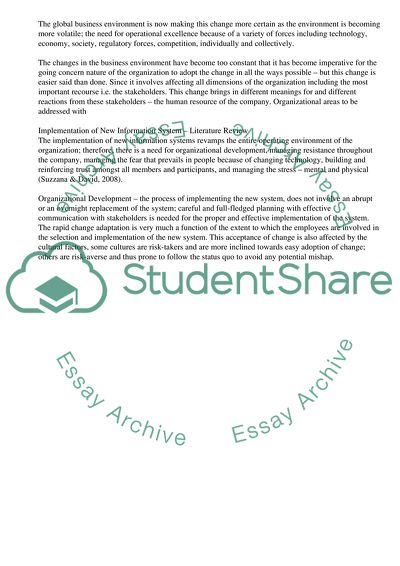Cite this document
(Factors in the Implementation of a Successful Enterprise Resource Plan Literature review - 7, n.d.)
Factors in the Implementation of a Successful Enterprise Resource Plan Literature review - 7. Retrieved from https://studentshare.org/management/1555860-human-resource-management
Factors in the Implementation of a Successful Enterprise Resource Plan Literature review - 7. Retrieved from https://studentshare.org/management/1555860-human-resource-management
(Factors in the Implementation of a Successful Enterprise Resource Plan Literature Review - 7)
Factors in the Implementation of a Successful Enterprise Resource Plan Literature Review - 7. https://studentshare.org/management/1555860-human-resource-management.
Factors in the Implementation of a Successful Enterprise Resource Plan Literature Review - 7. https://studentshare.org/management/1555860-human-resource-management.
“Factors in the Implementation of a Successful Enterprise Resource Plan Literature Review - 7”. https://studentshare.org/management/1555860-human-resource-management.


